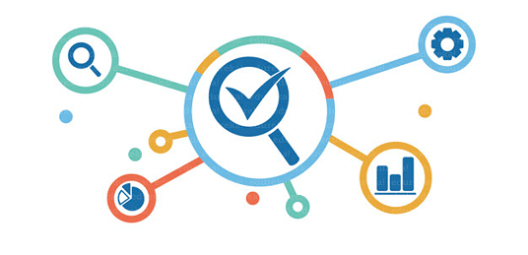Data Science and Machine Learning Internship ...
- 22k Enrolled Learners
- Weekend/Weekday
- Live Class
A Software Application needs to go through quality-check before going out in the market. Customer satisfaction is of utmost importance for any organization and only a super-quality product can keep your customer happy. In this article, we will know about Software Quality Assurance Testing in the following sequence:
What is Software Quality Assurance Testing?
Software Quality Assurance Testing is a method used for ensuring quality in software engineering processes. It ensures that developed software meets and complies with the standardized quality specifications. SQA is the process within the Software Development Life Cycle that is used for checking the developed software to ensure it meets the desired quality measures.

It focuses on improving the process of development of software so that problems can be prevented before they turn out into a major issue. Software Quality Assurance Testing work like an umbrella activity that is applied throughout the software process.
Software Quality Assurance Testing Activities
Some of the SQA Testing activities include:
SQA Management Plan: First, you need to plan about carrying out the SQA throughout the project. Then find out which set of software engineering activities are the best for the project and check the level of SQA team skills.
Set The Check Points: SQA team needs to set checkpoints. Here, you need to evaluate the performance of the project on the basis of collected data on different checkpoints.
Multi testing Strategy: One should not depend on a single testing approach. When you have a lot of testing approaches available, you must use them.
Measure Change Impact: The changes for making the correction of an error sometimes reintroduce more errors. So, keep the measure of the impact of change on the project. Reset the new change to check the compatibility with the entire project.
Manage Good Relations: In the working environment managing a good relation with other teams involved in the project development is mandatory. Bad relation of SQA team with programmers team will impact directly on the project.
SQA Process
SQA follows a process or cycle which consist of the following phases:

Plan – The first phase is planning. An organization needs to plan and establish the process related objectives and determine the processes that are required to deliver a high-Quality end product.
Do – This phase involves the development and testing of Processes. Also, you can do the changes in the process.
Check – In this phase, you can monitor and modify the processes, and check whether it meets the predetermined objectives.
Act – The final phase involves the implementation of actions that are necessary to achieve improvements in the processes.
Purpose of SQA Testing
The Purpose of SQA Testing is:
To establish organization-wide policies, procedures, and standards.
To tailor project-specific policies, procedures, and standards from the organization-wide templates.
Helping an organization draft an appropriate software quality assurance plan with standards.
SQA Components
An SQA system always combines a wide range of SQA components. These components are classified into the following six classes −
Pre-project components – This assures that the project commitments have been clearly defined keeping in mind the resources required, the schedule and budget; and the development and quality plans have been correctly determined.
Components of project life cycle activities assessment– The project life cycle is composed of two stages, such as the development life cycle stage and the operation–maintenance stage. The development life cycle stage detects design and programming errors. The SQA components used during the operation–maintenance phase include specialized maintenance components, as well as development life cycle components, are used for improving the maintenance tasks.
Components of infrastructure error prevention and improvement- The main objective of these components is to eliminate or reduce the rate of errors, based on the organization’s accumulated SQA experience.
Components of software quality management- This class of components deals with several goals, such as the control of development and maintenance activities, and the introduction of early managerial support actions that mainly prevent schedule and budget failures.
Components of standardization, certification, and SQA system assessment- The main objectives of this class are the utilization of international professional knowledge, improvement of coordination of the organizational quality systems with other organizations, and assessment of the achievements of quality systems according to a common scale.
Organizing for SQA– The SQA organizational base includes managers, testing personnel, the SQA unit and the persons interested in software quality such as SQA trustees, SQA committee members, and SQA forum members. Their main objectives are to initiate and support the implementation of SQA components, detect deviations from SQA procedures and suggest improvements.
The future of testing is automated, and automation testing certification is the proof!
With this, we have come to the end of our SQA Testing article. I hope you understood the different activities and processes involved in SQA.
Now that you have understood Software Quality Assurance Testing, check out the Software Testing Fundamentals Course by Edureka. This course is designed to introduce you to the complete software testing life-cycle. You will be learning different levels of testing, test environment setup, test case design technique, test data creation, test execution, bug reporting, CI/CD pipeline in DevOps, and other essential concepts of software testing. Got a question for us? Please mention it in the comments section of “What is Software Testing” and we will get back to you.
Got a question for us? Please mention it in the comments section of this “Software Quality Assurance Testing” blog and we will get back to you as soon as possible.